LGBTQ+ Support
Center for Discovery is helping raise awareness about eating disorders within the LGBTQ+ community.
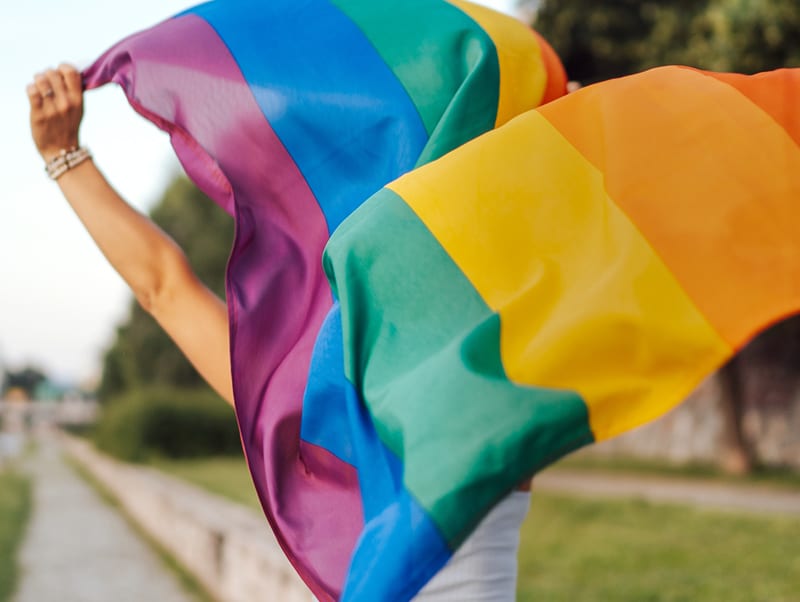
Center for Discovery is helping raise awareness about eating disorders within the LGBTQ+ community.

Eating disorders affect individuals in the LGBTQ+ community disproportionately. Without treatment, eating disorders have serious psychological and physical consequences:
Every 52 minutes, someone dies as a result of an eating disorder.
-(National Association of Anorexia Nervosa and Associated Disorders (ANAD))
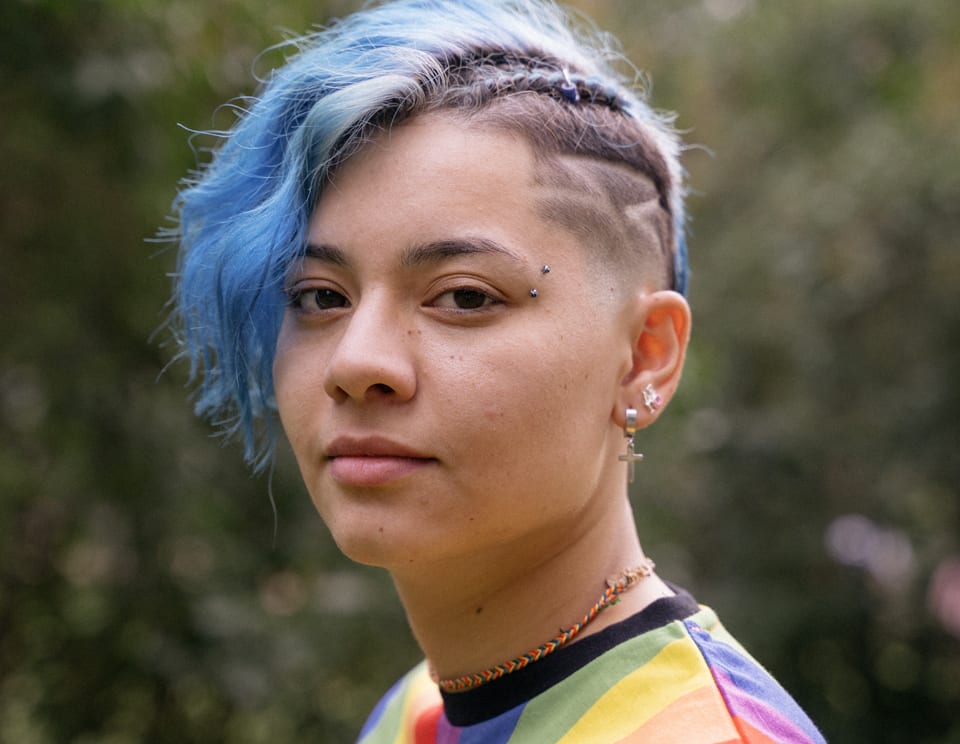
LGBTQ+ youth experience greater levels of stress, discrimination, violence, bullying, social pressure and isolation than their heterosexual peers. Due to these challenges, LGBTQ+ youth are more likely to experience mental health struggles, including eating disorders. The high levels of stress related to coming out, combined with rejection by family or friends, or even a traumatic experience, can all increase this risk.
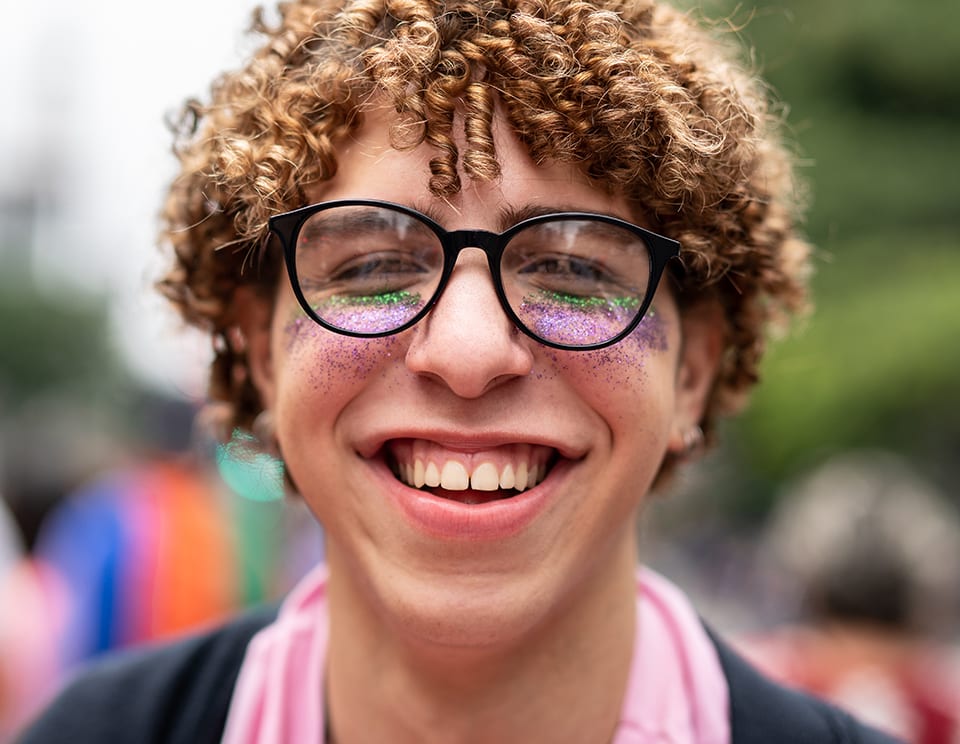

View eating disorder statistics, risk factors and protective factors in the LGBTQ+ community

Get helpful resources for parents and professionals

Find out how to get help for an eating disorder
Gay males were seven times more likely to report bingeing and 12 times more likely to report purging than heterosexual males. (National Eating Disorders Association (NEDA))
40% of transgender adults have attempted suicide in their lifetime, compared to less than 5% of the general U.S. population. (National Alliance on Mental Illness (NAMI))
In one study, gay and bisexual boys reported being significantly more likely to have fasted, vomited, or taken laxatives or diet pills to control their weight in the last 30 days. (NEDA)
Lesbian, bisexual or mostly heterosexual females were about twice as likely to report binge eating at least once per month in the last year. (NEDA)
Gay males are thought to only represent 5% of the total male population but among males who have eating disorders, 42% identify as gay. (NEDA)
High school students who identify as lesbian, gay or bisexual are more than four times as likely to have attempted suicide compared to their heterosexual peers. (NAMI)
Many LGBTQ+ individuals develop serious eating disorder behaviors, experience suicidal thoughts or attempt suicide due to a number of risk factors, including the harmful impacts of discrimination and harassment. Thankfully, these individuals can be shielded from such challenges by the protective factors listed below. These protective factors have been shown to reduce negative health outcomes like eating disorders.
Encountering microaggressions (indirect, subtle or unintentional discrimination or harassment)
Experiencing emotional neglect by one’s family
Internalizing self-stigma (believing stereotypes about one’s group and applying them to oneself)
Experiencing weight-based bullying at school and by family members
Depression
Having caring friends
Feeling connected to one’s family
Having compassion for oneself
Receiving regular, ongoing support from peers
Feeling a sense of connectedness to one’s school
Sources
Learn from those in the LGBTQ+ community who have been there.
Find hope and recognize that while the suffering is very real, today’s eating disorder treatment is extremely effective and a full eating disorder recovery is possible.
Body Image in Transgender and Non-Binary Folks: Understanding the Difference Between Body Dysmorphia and Gender Dysphoria
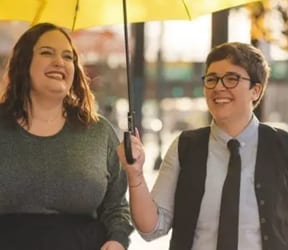
Learn from those in the LGBTQ+ community who have been there
Find hope and recognize that while the suffering is very real, today’s eating disorder treatment is extremely effective and a full eating disorder recovery is possible.

Body Image in Transgender and Non-Binary Folks: Understanding the Difference Between Body Dysmorphia and Gender Dysphoria
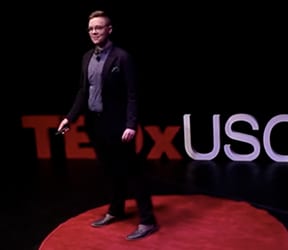
In a World that Is Wrong About Us: In this TEDxUSC video, Center for Discovery’s senior coordinator of Gender Affirmative Care, Vaughn Darst, MS RD (he/him or they/them), speaks about their journey to recovery.
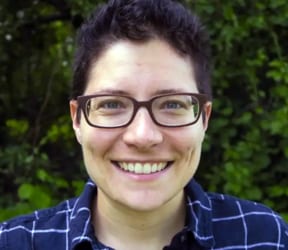
Healing through Queerness: A Personal Story of Eating Disorder Recovery

Acceptance, affirmation and support boosts LGBTQ+ youth self-esteem, reducing the severity of mental health problems. When LGBTQ+ individuals feel connected to their community, the risk for eating disorders goes down, suggesting that this connectedness offers some protection (NEDA). Help your child or adolescent find support in their community at an LGBTQ+ youth program near you. Go a step further by becoming active with and supporting local LGBTQ+ initiatives. Here are two ways to get started:
PFLAG – In all 50 states and with over 400 chapters, PFLAG provides confidential peer support, education, and advocacy to LGBTQ+ people, their support systems and allies.
Gender Spectrum – Working to create gender-sensitive and inclusive environments for all children and teens, this youth-focused organization offers support groups and online education for all.
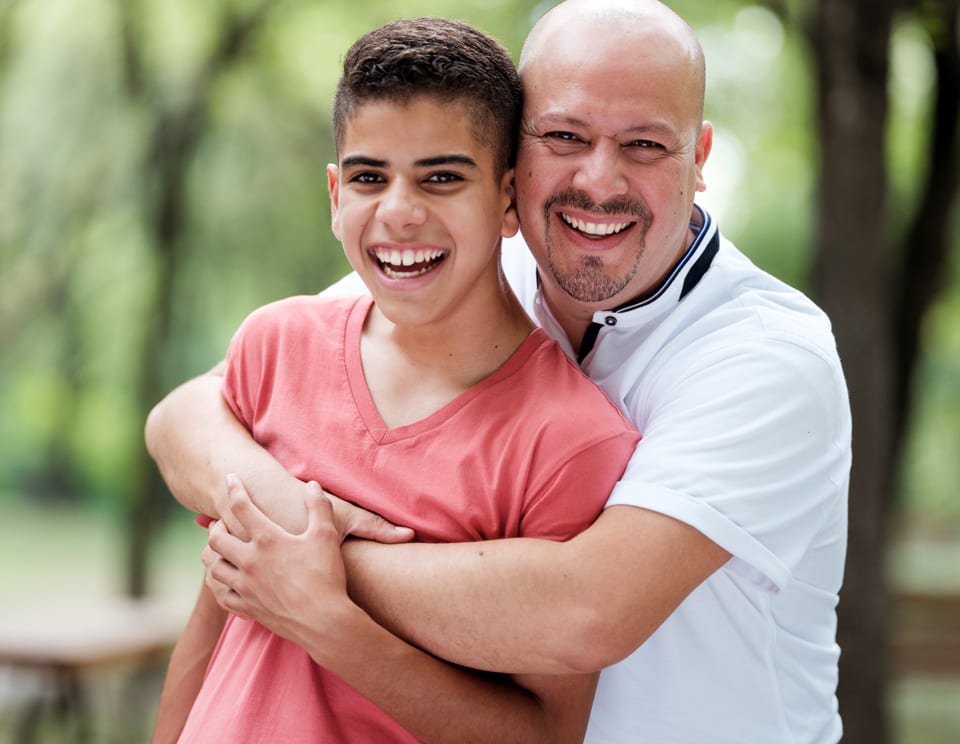
If you know someone who is hurting because of an eating disorder, here’s how to help them get started on the path to healing.
Familiarize yourself with the signs and symptoms of eating disorders.
Speak in a way that’s affirming, supportive and shows your concern. If they’re not comfortable talking to you about their problems, ask them who they would rather talk to.
Research LGBTQ+-affirming eating disorder professionals, treatment centers and support groups to share in case your loved one is ready to receive help.
“I strongly believe you helped my son identify himself and come out of his eating disorder in a healthy manner.
You all rock. Thank you very much.”
– Olga S., TX
“Center for Discovery at all levels showed high professional standards; all members of the treatment team or at other capacities were always and consistently caring and understanding of my daughter’s individuality and our family.”
– Nelson P., CA

Meeting with respectful, supportive and inclusive healthcare providers offers LGBTQ+ individuals the best outcomes and chance for full recovery. Professionals can learn how to create clinical practices based on a solid foundation by integrating appropriate interpersonal skills, acceptance and affirmation, equal treatment and honesty.
Stay up to date on the best practices for supporting LGBTQ+ individuals with eating disorders and other mental health concerns by getting connected with the groups shown here:
Center for Discovery is committed to inclusive eating disorder treatment for those of any body size, gender, race, ethnicity, sexual orientation or other intersectional identities/experiences.
Fenway Health provides high quality, comprehensive health care, research, education and advocacy for the LGBTQ+ community, people living with HIV/AIDS and the broader population.
Fighting Eating Disorders in Underrepresented Populations (FEDUP Collective) brings visibility to the disproportionately high incidence of eating disorders in trans and gender diverse individuals through radical community healing, recovery institution reform, research, empowerment and education. Get resources and trainings at their site.
Gender Spectrum provides resources and trainings to professionals year-round.
Substance Abuse and Mental Health Services Administration (SAMHSA) shares a wealth of resources to help professionals learn more about providing services for LGBTQ+ individuals.
Together, we can increase awareness of the mental health, eating disorder and body image concerns facing the LGBTQ+ population every day. Whether you’re an individual struggling, a family member or a healthcare professional, Center for Discovery has resources and treatment for those who need help.
Accepting and recognizing someone’s true gender identity.
Someone who supports and advocates for LGBTQ+ individuals even though they are not part of the community.
Dwelling on real or perceived flaws of one’s own body.
Someone who exclusively identifies with the sex they were assigned at birth.
A system that views gender as two separate categories: one being male and the other being female. In this system, no other gender identities may exist.
When one’s gender identity or presentation changes.
An internal sense of being male, female, both male and female, neither male nor female, or of being another gender.
Feeling a lack of congruence between one’s internal gender identity and the sex they were assigned at birth. Dysphoria can be experienced in response to one’s own body, one’s own thoughts or social experiences with others.
Comfort or joy when thinking about one’s true gender identity or from having one’s gender identity affirmed.
Those whose gender identity and expression exists outside the gender binary. Not everyone who is genderqueer identifies as trans or nonbinary.
Describes the 1 in 1,000 births where the child exhibits different physical, chromosomal and hormonal characteristics that are typically used to assign sex at birth.
An umbrella term that includes lesbian, gay, bisexual, transgender and other queer or marginalized gender identities and sexual orientations. You may also see it written as LGBT or LGBTQIA+, among other variations.
An umbrella term that encompasses all genders outside of female or male. However, not all trans people identify as nonbinary and not all nonbinary people identify as trans.
Describes those of marginalized gender identities and sexual orientations who are not heterosexual or cisgender. While this term was once used offensively, many in the LGBTQ+ community now embrace the term.
One’s sex (assigned at birth) is often assigned based on physical characteristics, typically including male, female or intersex.
Sexual orientation and gender identity are separate in Western cultures. One’s sexual orientation includes their physical, emotional and romantic attraction to others.
A singular pronoun used instead of “he” or “she” by many (not all) nonbinary individuals. Singular “they” is used anytime an individual’s gender identity is unknown, unimportant or irrelevant.
An umbrella term that includes many gender identities for those who do not identify (or do not exclusively identify) with the sex they were assigned at birth. “Trans” is a commonly used abbreviation.